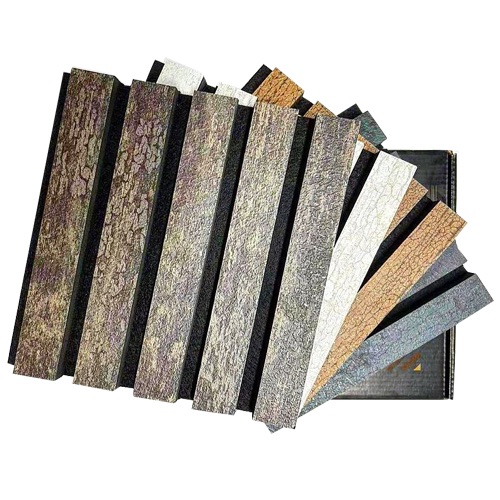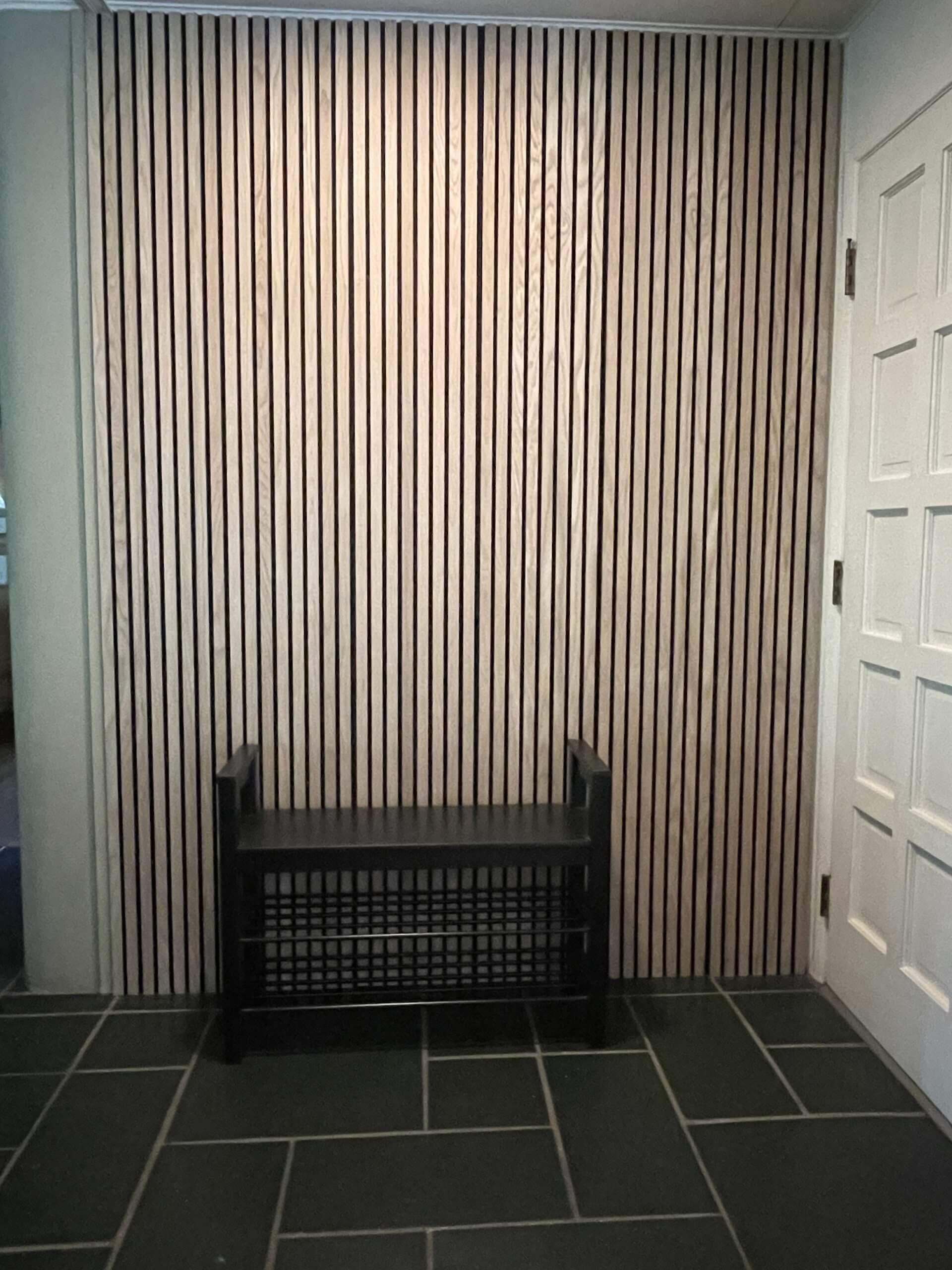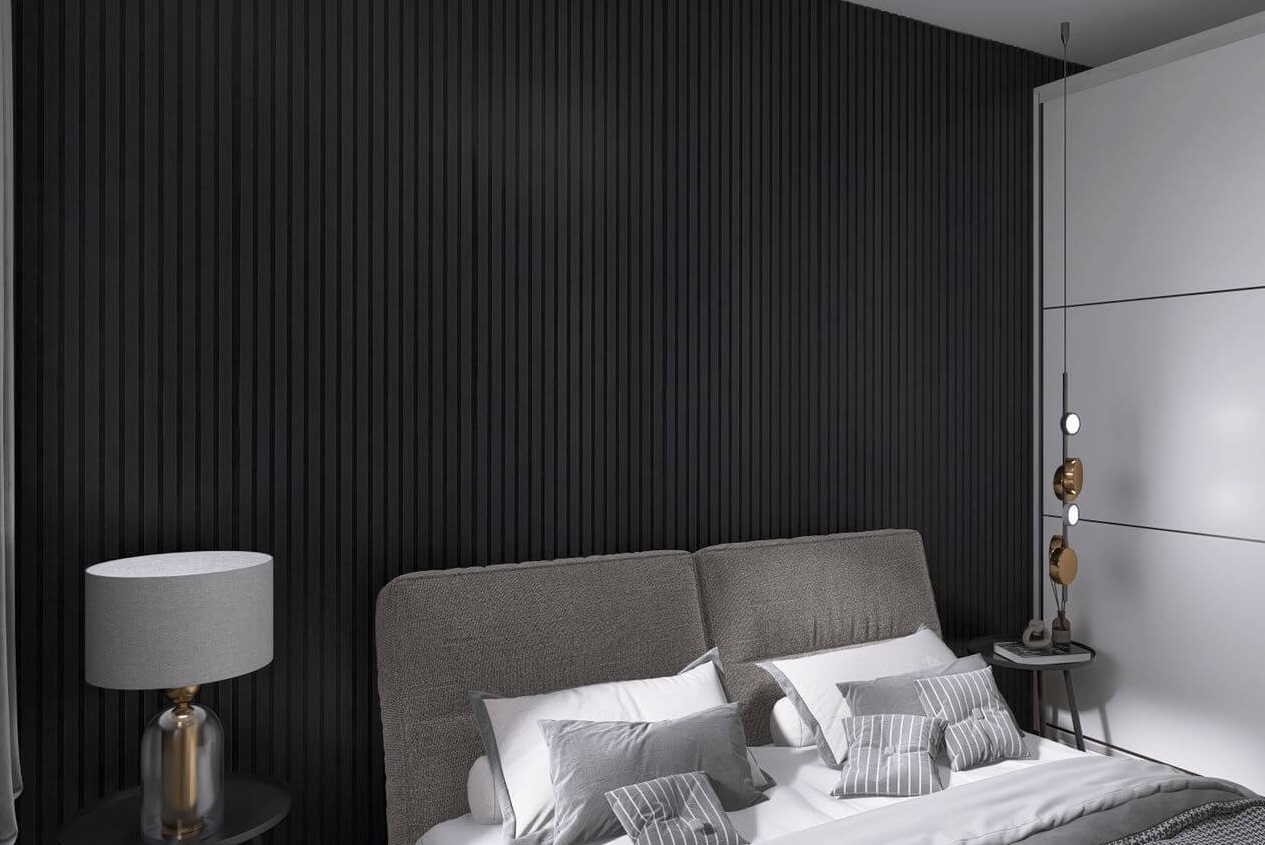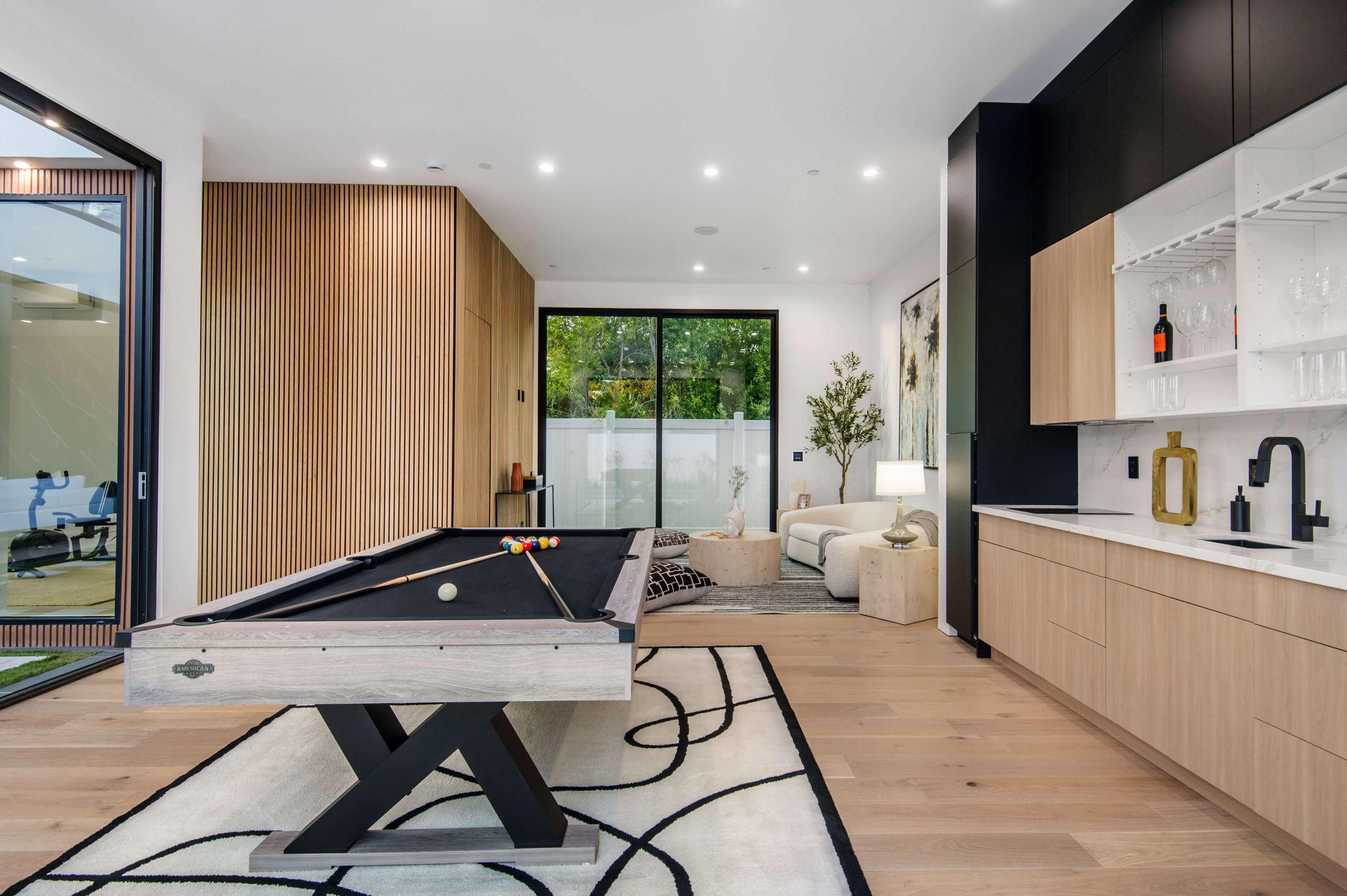When it comes to choosing the right material for your walls, cabinets, or furniture, solid wood panels are often one of the first things people think about. These panels aren’t just popular because they look beautiful—they also have a solid reputation for strength, durability, and natural charm. But just like anything else, they come with both upsides and downsides. So if you’re considering using solid wood panels for your home or project, here’s everything you need to know.
What Are Solid Wood Panels?
Solid wood panels are made from real, natural wood. They can be a single, large piece of wood or several smaller boards joined together to create a panel. Because they’re cut from actual trees, each panel is completely unique, showing off its own grain pattern, texture, and color.
People often use solid wood panels for:
- Wall cladding
- Shelving and cabinetry
- Tabletops and furniture
- Flooring and ceilings
You’ll find them in homes, restaurants, stores, and even in office spaces. These panels give off a warm, timeless feeling that many people love.
The Benefits of Solid Wood Panels
Solid wood panels offer several big advantages, and it’s easy to see why they’re so popular. Let’s break down the key benefits.
1. Long-Lasting and Durable
Because solid wood panels are made from real wood, they’re naturally strong and built to last. They can hold up against wear and tear, and if they get scratched or dented, they can often be sanded down and refinished.
- Can last for decades
- Easy to repair compared to cheaper options
- Withstands daily use without falling apart
2. Natural Beauty
Each panel has its own natural grain and color. No two solid wood panels are the same, so you’re always getting something one-of-a-kind.
- Rich wood tones enhance any space
- Fits with modern, rustic, or traditional designs
- Ages beautifully over time
3. Eco-Friendly Choice
When responsibly sourced, solid wood panels can be an environmentally friendly option. They’re biodegradable, recyclable, and renewable.
- Made from natural resources
- No plastic or chemical bonding like composite wood
- Many come from sustainable forests
4. Customization and Versatility
You can cut, stain, paint, and shape solid wood panels to fit your exact needs. Whether you want light pine or dark walnut, there’s a wood type for every style.
- Easily shaped for custom spaces
- Takes stain or paint well
- Suitable for both indoor and outdoor use
The Drawbacks of Solid Wood Panels
Even though solid wood panels offer a lot of value, there are some downsides you should know before making a decision.
1. Higher Cost
Solid wood panels tend to be more expensive than other types of paneling, like MDF or plywood. That’s because you’re paying for real wood, not pressed wood fibers.
- Higher upfront cost
- Some exotic woods can be very pricey
- Installation may also cost more
2. Sensitive to Moisture
Wood can swell, shrink, or warp when exposed to too much moisture. Solid wood panels aren’t the best choice for places that get wet often unless they are treated properly.
- Needs sealing or protective finish
- Not ideal for bathrooms without extra care
- Risk of mold or rot if not maintained
Check out these waterproofing tips to keep your wood panel walls safe and sound in moisture-heavy areas.
3. Requires Maintenance
To keep them looking their best, solid wood panels need occasional upkeep. That might include cleaning, polishing, or refinishing.
- Needs regular care
- Can show dust and scratches
- Refinishing takes time and effort
Common Wood Types for Solid Wood Panels
Here’s a quick list of popular wood types used in solid wood panels and what they’re best known for:
Pine:
- Affordable and easy to work with
- Light color with visible knots
Oak:
- Strong and durable
- Popular for flooring and furniture
Walnut:
- Deep, dark brown tones
- Adds richness to modern designs
Maple:
- Smooth grain
- Great for kitchen cabinetry
Cedar:
- Naturally resists bugs and moisture
- Perfect for closets and outdoor use
Where You’ll See Solid Wood Panels Most Often
Solid wood panels are found in a lot of places thanks to their flexible design. Some of the most popular uses include:
- Accent walls in living rooms or bedrooms
- Custom shelving in offices and libraries
- Kitchen cabinets or bathroom vanities
- Decorative ceilings in cafes or restaurants
You can even find them used in artistic ways, like carved wall art or headboards.
Comparing Solid Wood Panels to Other Materials
Here’s a table to show how solid wood panels stack up against some other popular choices:
| Feature | Solid Wood Panels | MDF Panels | Plywood Panels |
|---|---|---|---|
| Strength | High | Medium | Medium |
| Moisture Resistance | Low (unless treated) | Medium | High |
| Appearance | Unique grain, real wood | Uniform look | Natural layers |
| Cost | Higher | Low | Moderate |
| Lifespan | Long | Shorter | Medium |
| Maintenance | Moderate | Low | Low |
Tips for Making the Right Choice
Before jumping in, ask yourself:
- Where will the panels be installed?
- Will they be exposed to water or humidity?
- Do you prefer a rustic or polished look?
- What’s your budget?
- Are you ready for occasional upkeep?
If you need something strong, beautiful, and timeless, solid wood panels are a great fit—as long as you’re ready for the care they need. And if you’re not sure where to start, check out this trusted source for quality wood panels to browse a wide selection.
Final Thoughts
Solid wood panels give your space a natural and classy upgrade, whether you’re remodeling a home, updating a retail shop, or building something brand new. They come with clear advantages in strength, style, and uniqueness—but they do need a little love and care along the way.
To learn more about wood panel styles and get design inspiration, take a look at this helpful wood wall panel guide for ideas and product options.
Whether you want cozy cabin vibes or clean, modern lines, solid wood panels help bring that vision to life. And when you choose the right panel, you’re not just adding wood—you’re adding warmth, depth, and character to your space.
FAQs
1. Are solid wood panels worth the higher cost compared to other options?
Absolutely. While solid wood panels can cost more upfront, they last much longer and offer unmatched natural beauty. You’re investing in durability, character, and the ability to refinish them over time instead of replacing them.
2. Can I use solid wood panels in a bathroom or kitchen where there’s moisture?
Yes, but you need to be careful. Solid wood panels can warp or swell if exposed to too much moisture. Be sure to seal or waterproof them properly. For tips on how to protect your panels, you can check out these waterproofing techniques.
3. What’s the best way to keep my solid wood panels looking good over time?
Routine care makes a big difference. Wipe them with a soft, damp cloth, polish occasionally with wood-safe products, and avoid harsh cleaners. If scratches appear, many can be sanded and refinished to restore the original look.
4. How do I know which type of wood panel is right for my project?
Think about where you’ll install it, how much wear it’ll get, and the look you want. For example, pine is affordable and rustic, while walnut adds a rich, modern vibe. If you’re still unsure, you can explore trusted wood panel styles and options here.
5. Do solid wood panels add value to my home or space?
They sure do! Solid wood panels bring warmth, character, and a high-end finish that buyers and guests notice. They can give your space a custom, premium feel that other materials just can’t match.








